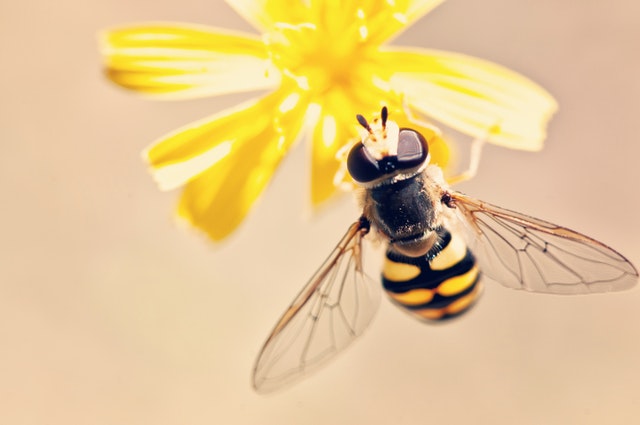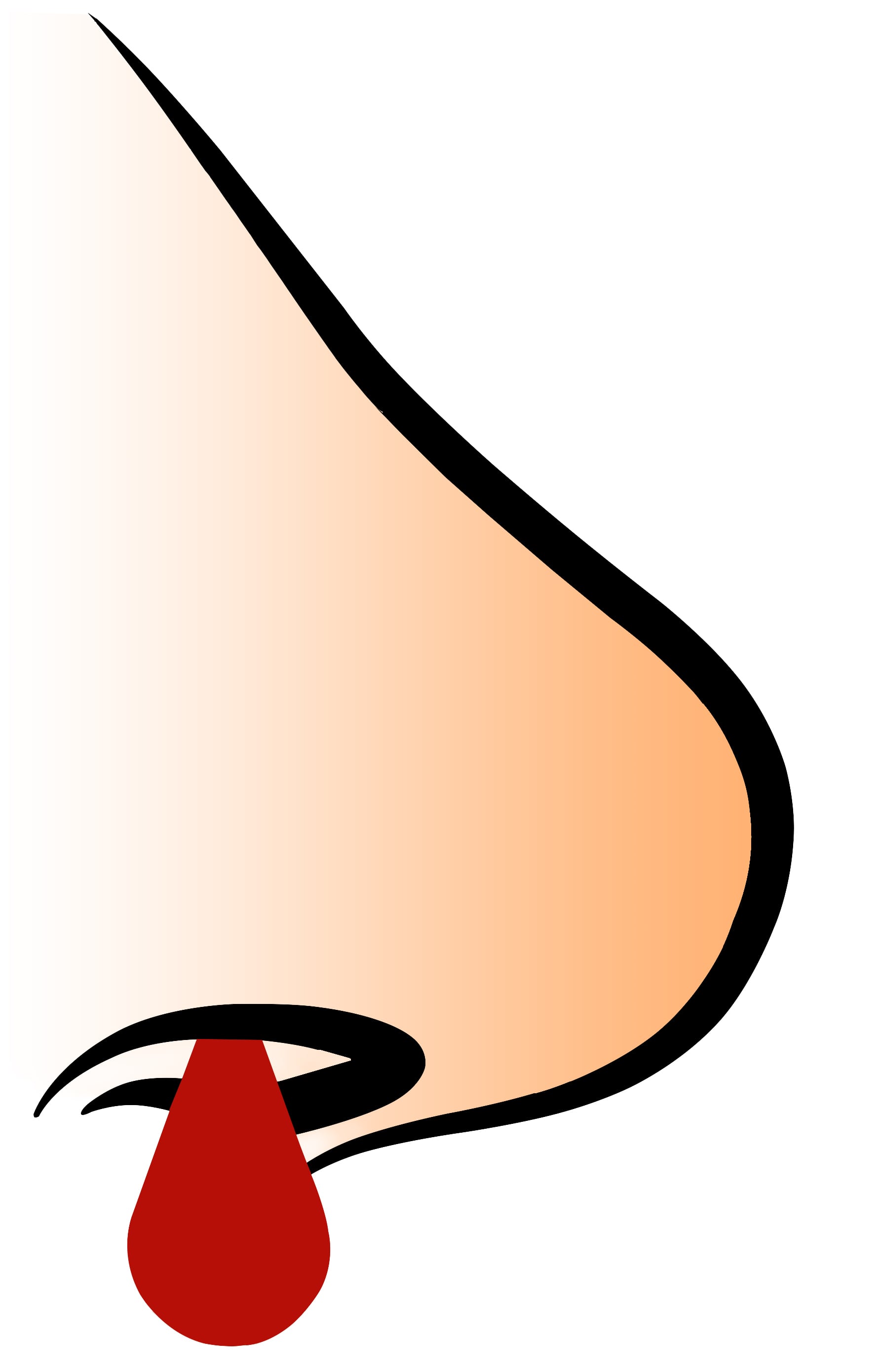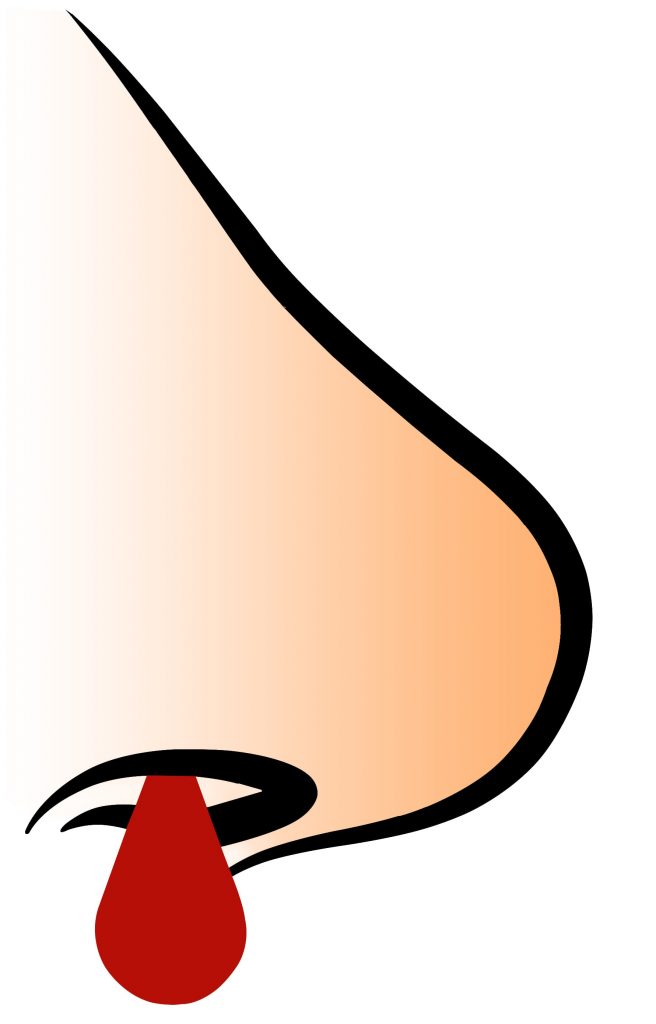Bee Stings/ Insect Bite

Not all bites or stings are the same. You will need different first aid treatment and medical care depending on what type of creature has bitten or stung you. Some species can cause more damage than others. Some people also have allergies that raise the risk of a serious reaction. Here’s how to recognize and treat the symptoms of bites and stings from insects, spiders, and snakes.
Common Symptoms
The common symptoms are redness, swelling of face, lips or throat, pain, itching, hives, abdominal cramps, nausea and vomiting, breathing problems and shock.
First aid treatment
If someone shows signs of a severe allergic reaction, help them get emergency medical attention and follow the steps in the next section. If they show no signs of a severe reaction, treat the site of the bite or sting for minor symptoms:
Step 1:
If the insect’s stinger is still embedded in their skin, remove it by gently scraping a flat-edged object, such as a credit card, across their skin. Avoid using tweezers to remove the stinger, since squeezing it may release more venom.
Step 2:
Wash the area of the bite with soap and water.
Step 3:
Place a cold compress or ice pack on the area for about 10 minutes at a time to help reduce pain and swelling. Wrap any ice or ice packs in a clean cloth to protect their skin.
Step 4:
Apply calamine lotion or a paste of baking soda and water to the area several times a day to help relieve itching and pain. Calamine lotion is a type of antihistamine cream.
Emergency treatment for a severe allergic reaction
If you suspect someone may be having a severe allergic reaction:
- Ask someone else to call emergency services, right away. If you’re alone, contact emergency services before you provide other treatment.
- Ask the person whether they carry an epinephrine auto-injector. If they do, retrieve it for them and help them use it according to the label directions.
- Encourage them to remain calm, lie down quietly with their legs elevated, and stay still. If they start to vomit, turn them onto their side to allow the vomit to drain and prevent choking.
- If they become unconscious and stop breathing, begin CPR. Continue it until medical help arrives.
To avoid making matters worse, don’t apply a tourniquet. You should also avoid giving them anything to eat or drink.
To read more on First Aid, click on the link below.




